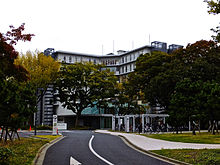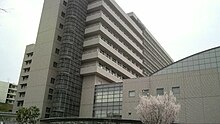


The health care system in Japan provides different types of services, including screening examinations, prenatal care and infectious disease control, with the patient accepting responsibility for 30% of these costs while the government pays the remaining 70%. Payment for personal medical services is offered by a universal health care insurance system that provides relative equality of access, with fees set by a government committee. All residents of Japan are required by the law to have health insurance coverage. People without insurance from employers can participate in a national health insurance program, administered by local governments. Patients are free to select physicians or facilities of their choice and cannot be denied coverage. Hospitals, by law, must be run as non-profits and be managed by physicians.
Medical fees are strictly regulated by the government to keep them affordable. Depending on the family's income and the age of the insured, patients are responsible for paying 10%, 20%, or 30% of medical fees, with the government paying the remaining fee.[1] Also, monthly thresholds are set for each household, again depending on income and age, and medical fees exceeding the threshold are waived or reimbursed by the government.
Uninsured patients are responsible for paying 100% of their medical fees, but fees are waived for low-income households receiving a government subsidy.
- ^ "医療費の自己負担とは <Its>". Archived from the original on 2012-02-08. Retrieved 2012-02-01.